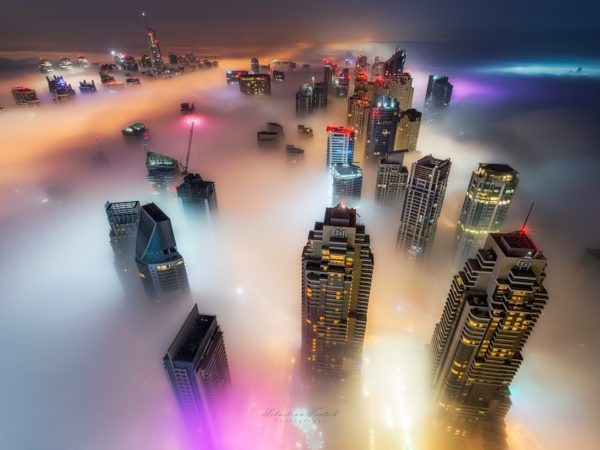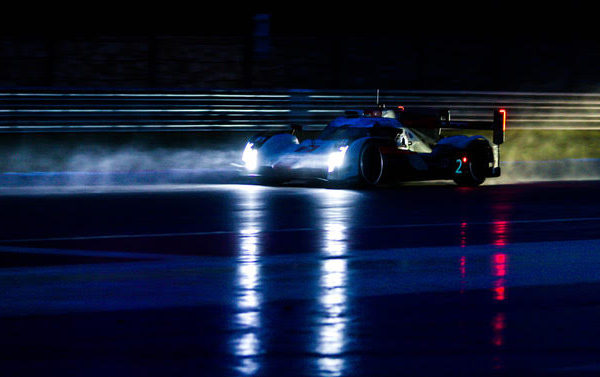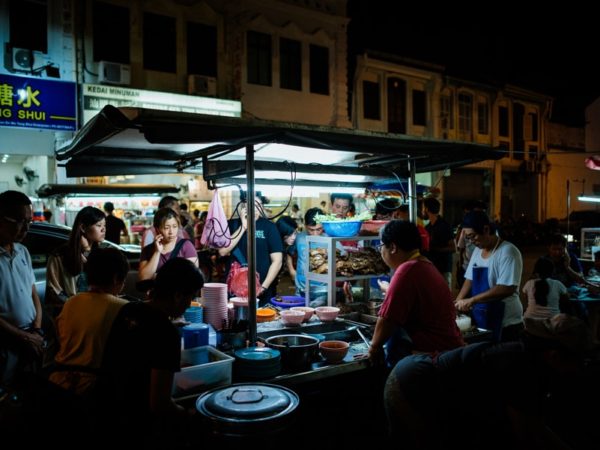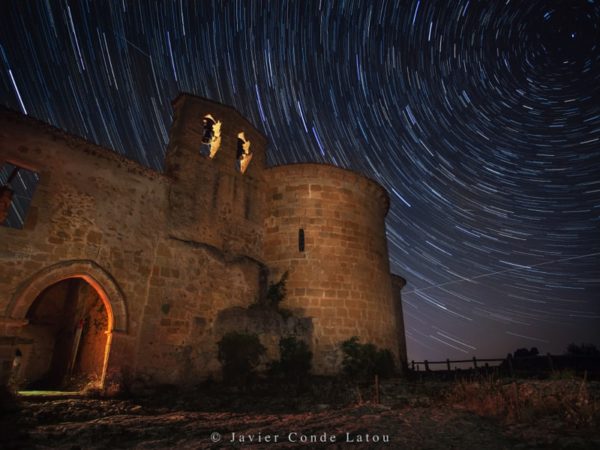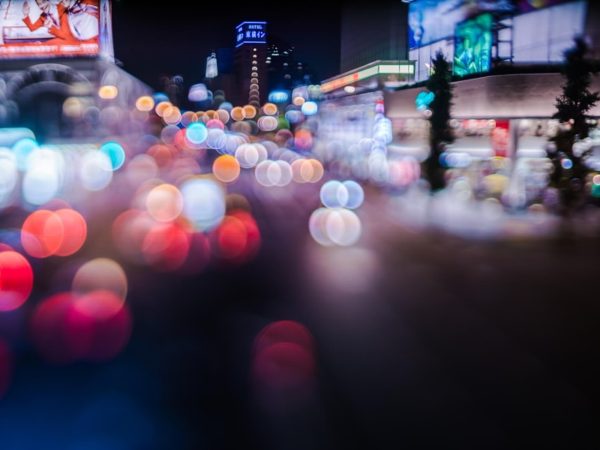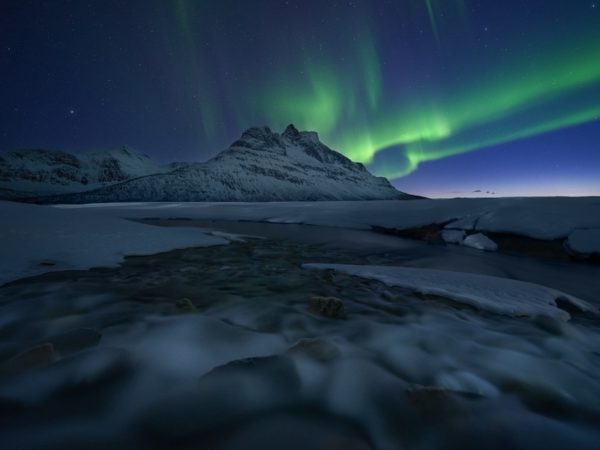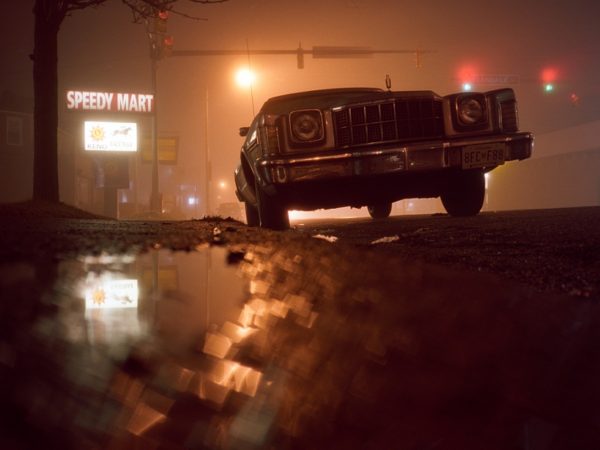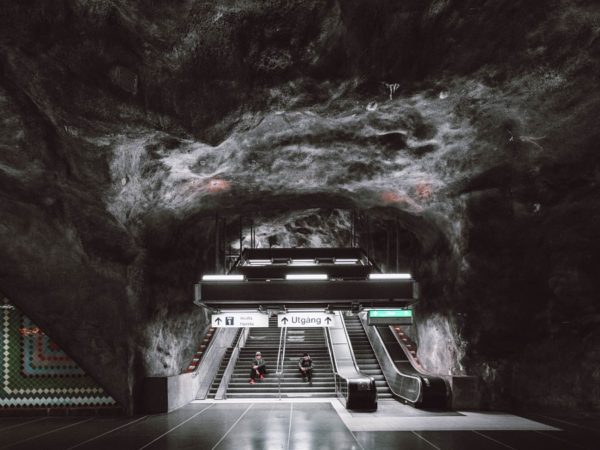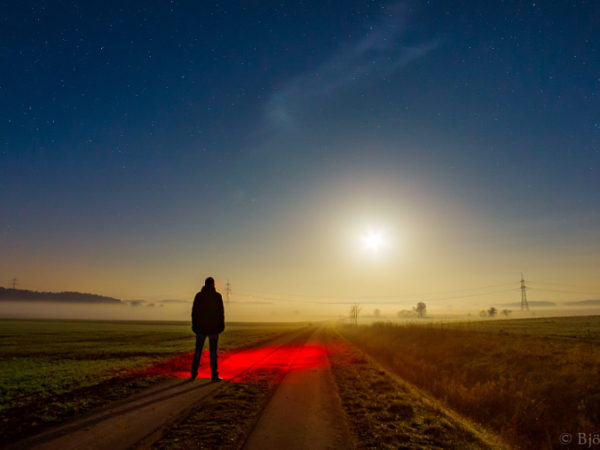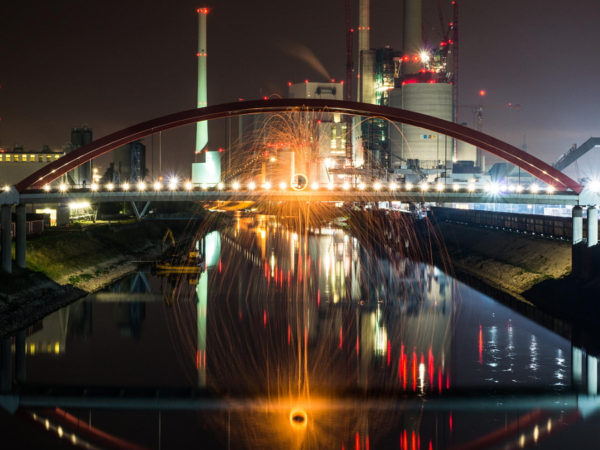William McIntosh will leave home at 2 a.m. to be in Owens Valley in time for a sunrise–then turn around and be back by noon. That alone sums up how dedicated he is to landscape photography. With several decades of experience, William has a broad library of knowledge to share, from finding time to shoot as a working father, to locating the best sky conditions using some little-known tools.
Here’s the talented William McIntosh:
Q: Could you start by sharing a little bit about yourself, your family and what you do for a living?
A: I am a single dad with three grown kids, the youngest of which is a senior in high school this year. I grew up here in Southern California and went to college at Biola University and Cal State Long Beach where I graduated with bachelor’s degrees in psychology and music, and a master’s degree in choral conducting. I presently work at Mt San Antonio College where I conduct three vocal groups in addition to my lecture classes.
Q: How did you first get started in photography, and then how did it become such an important part of your life?
A: I first became interested in photography in 1980 when I purchased a Canon AE-1 and began to shoot landscapes just after graduating from high school. My interest in photography lapsed a bit after I got married and started work at my first job. After losing my wife to cancer in 2007, photography became an incredible outlet for me. I began shooting again with a Nikon D70 and met some other photographers and together we began posting our work on Flickr. At first I was shooting everything…portraits, macro, street photography, etc., but in 2009 I was drawn into landscape photography after a couple of trips to Yosemite. I began looking for other places to shoot and bulked up a bit on the gear moving eventually to a Nikon D810 and D750 with several lenses as well (Amazon’s 0 percent financing helped with this). Soon I was expanding my trips from local beaches and Yosemite to the Eastern Sierra, Virginia, Europe, Arizona, Big Sur, Tahoe, etc. My recent trips have been to Glacier National Park, The Columbia River Gorge, The Canadian Rockies, Babcock State Park in West Virginia, Crater Lake and the parks in Utah.
Q: How do you find time for photography with everything else you have going on? Do you have any tips or tricks for those who feel like finding time to shoot is a struggle?
A: My situation might be a bit different from many other working professionals out there who try to get out and shoot on the side. I have Fridays off at the college, and my kids are all a bit more independent at this point. If I had young kids who needed to be at soccer practice and games every weekend and if I worked 9-5 Monday through Friday, it would definitely be much more difficult. That being said, my job at the college can be very time intensive between selecting music, writing musical arrangements, traveling with the groups, weekend performances, extra rehearsals, and so on. My main tip (and this might not be for everyone) is to get up at dark-thirty and try to shoot during those times that you might not be needed at home or at work. The vast majority of my shooting happens at sunrise, sunset, and during the evening hours, so getting to locations might be either late at night or very early in the morning. During the winter months, I can be in Owens Valley in about 4.5 hours, meaning if I leave at 2 AM, I can make it in time for the sunrise. I can then make it back home by noon if I am really needed at home. I have also SCOURED my immediate area to find areas that I want to shoot as a landscape photographer, and some of them are only 30 minutes away. Victoria Beach in Laguna, the arch at Little Corona Beach, Joshua Tree, El Matador Beach in Santa Monica…these are all under three hours away. I also do a lot of “banzai” trips where my buddies and I will take off for a 24 hour landscape photography blitz which could include Big Sur, San Francisco, Tahoe and Death Valley all in one marathon trip, essentially only being gone from home for one day.
Another tip would be to shop the sales on air fare and to try to save dollars whenever possible. I have been using Kayak and I have found some pretty good deals recently…and I am sure there are more for those who know where to look. I found RT air to Calgary for only $233 the other day from LAX, and I just saw RT to Munich from LAX for $633. If you shop around, the trip that you thought was out of your budget can begin to look much more reasonable.
I also traded in my Toyota Tundra a couple of years ago for a Prius V which gets 45 MPG compared to the 11 to 15 I was getting with the truck. It hurt to let the truck go, but I can now make trips up to Yosemite for about a 1/3 of what it cost to take the Tundra. I often sleep in the car, which saves additional $$$.
Lastly, don’t head out to shoot if you know that there won’t be much of a sky when you get there. Whenever possible, wait until you know you’ll have a chance at a decent sky before heading out. Even though I am only 30 minutes from Laguna, I won’t head down there until I know that I’ll have some high clouds without any fog. Webcams and weather apps are very useful tools that I use almost every day to keep an eye out for potential opportunities. (Note: William has links to the webcams, apps, and software he uses on his blog. These are super useful; I learned about and subsequently downloaded The Photographer’s Ephemeris as a result of interviewing William, and use it often now).
Q: What’s your most memorable photography experience, and what makes it special?
A: Wow…that’s a tough one. One that jumps out right away would be two years ago when I made a last minute trip up to Glacier Point in Yosemite in November to try to get up there before a big winter storm arrived. The road was still open as they hadn’t had any snowfall yet, and as I arrived, I noticed that my car was one of the only cars left in the parking lot. Within a few minutes of walking out to the overlook, I found that I was completely alone as the storm was rolling in. It then occurred to me that other than the park rangers, I was probably going to be the last one driving down that road that night before they closed it for the season. I walked down the Four Mile Trail a bit to grab some shots as the first snowflakes began to fall. Just that moment of solitude for that moment was amazing. I have had dozens of moments like that over the last few years where I have walked out in the middle of the night or early in the morning and have been the only person there. Just two months ago I was in Zion, standing at the Canyon Overlook completely alone. It’s an incredible feeling to think that you’ve got this epic view all to yourself. But I’ve also had incredible moments with my buddies as well…it’s really hard to pick just one! If I had to choose one with my friends, it would have to be standing on a ridge overlooking Many Glacier Hotel in GNP in the howling wind with the rain coming down as the sky erupted into one of the most spectacular sunrises I have ever seen. It’s moments like those during which I feel the most alive.
Q: Out in the field, what are you paying attention to in the moments when you’re about to take a photograph, and why are those the most important details to you?
A: Depending on the situation, I might be frantically looking for another angle or I might be calmly checking my settings to make sure my photo will be sharp and well exposed. Different landscape photographers are drawn to different types of shooting when they are out in the field. Some like to show up an hour early and find their perfect composition and then stand there and take the photo from that one spot during the entire sunrise. Well…that’s just not in my DNA. If I get that first composition and I am happy with it, I am off to my next location. Using Yosemite as an example, depending on the situation, it would not be unusual for me to make it around the entire valley floor before all of the good light from that sunrise is gone. I might start at the Valley View, dash up to the tunnel, drive down to Three Brothers, hit Swinging Bridge, stop briefly in front of the Chapel, hit the Merced River, grab a shot of Ansel’s Elm tree in Cook’s Meadow, and make it back to Gates of the Valley before the Golden Hour is gone. What I have noticed is that the same photographers will usually be shooting from their same position an hour later with almost Zen-like calmness. Maybe it’s greed on my part. They’ll go home with a fantastic image from that location, but I would much rather have 20 shots from several locations before the good light is gone.
Having said that, I’ll use a tripod while the light is low, but when the sun is up and I can get a shutter speed upwards of 400, I’ll ditch the tripod as it will just slow me down (unless I’m using a filter). Going back to your question, I will look for that composition first…foreground subjects, leading lines, etc. After that, I just want to make sure the photo is sharp and well exposed. I won’t worry about white balance, etc., as I can adjust that at home. I’ll check the histogram to make sure I haven’t blown anything out, and I’ll zoom in on the LCD to check to make sure my shot is sharp, and then I’ll probably be off to another location, even if it’s only a few feet away. I never use neutral density grad filters as I like to have that full range of control when it comes time to blend layers in post if necessary, but I will definitely use ND filters when shooting waterfalls, and polarizers to reduce glare and to get more pop out of my greens if shooting in the forest.
One other tip: If you pull up to a location and the light is amazing, my suggestion would be to shoot first and fuss with other factors afterwards. I have been in many situations where I have seen other photographers busy dialing in their settings and by the time they are ready to shoot, the sun has gone behind a cloud and the epic light is gone. I always try to get that first shot as soon as my tripod is up, and then I at least have SOMETHING to take home and work with.
Q: Where is one place that you really want to take pictures in someday, and why?
A: There are many, many places that I want to shoot. I have been compiling a bucket list for the past several years, and by now it is quite long. Having said that, I’m trying to make time to get at least a couple of those spots off of my list every year. My plan is to do this full time as soon as I retire in six years, but what if I can’t make it up the side of a mountain by then? I suppose if I had to choose one location, it would be the Alps, starting in France and working my way through Switzerland, Germany, Austria, Italy and Slovenia. I’m planning for my first pre-retirement trip to the Alps in the Autumn of 2017, after all of my kids are officially in college or working and out of the house.
Q; Out of everything you’ve owned, past and present, what’s your favorite piece of photography equipment?
A: Again, tough question. If I had to choose a favorite, it would probably have to be the Nikkor 14-24, 2.8 lens. Even though it’s a beast to haul around, I have had it with me on almost all of my big trips, and it has seldom let me down. It is also very good for astrophotography.
Q: What is one thing you’d like to say to those who are just beginning their journeys with photography right now?
A: I think that one of the most important things that you can do to improve as a new photographer is to look at as many photos as you can…every day. I would guess that I would average about 500 to 1000 or more photos a day between Facebook, Flickr, 500px and Google+. When I find something that blows my mind, I almost always bookmark it and put it in a folder where I can reference it later. That’s primarily where my bucket list has come from.
Secondly, equipment doesn’t equate to outstanding photos. I have seen some incredible shots taken with cropped sensor cameras, others with very old camera models, and still others taken with phones. Don’t let the cost of the equipment keep you from getting out there with your camera. And don’t be intimidated by all the fantastic photos you’ll see online. As you are starting out, it’s OK to emulate other photographers, and to walk in their footsteps, but as you gain confidence, be sure to eventually strike out on your own. Develop your own style and stick to it until YOU feel like changing. If someone comes along and tells you HDR is passé, ignore them if that’s what you are really into. We all have different preferences when it comes to processing, and to me, that’s what makes photography fun. (That was more than “one thing”. My bad.)
See more of William’s work here, and also be sure to visit his website and blog, The Resonant Landscape, for more of his photos and insights on photography.





